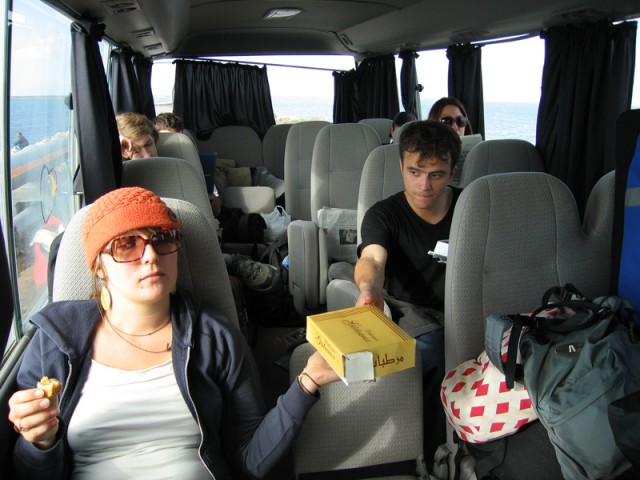The rug I bought my mom in Kairouan.
In the El-Ghriba Synagogue
At the Folk Museum
An underground olive oil press. Note the partial Roman column providing pressing power. To my knowledge there is no granite in Tunisia or anywhere nearby.
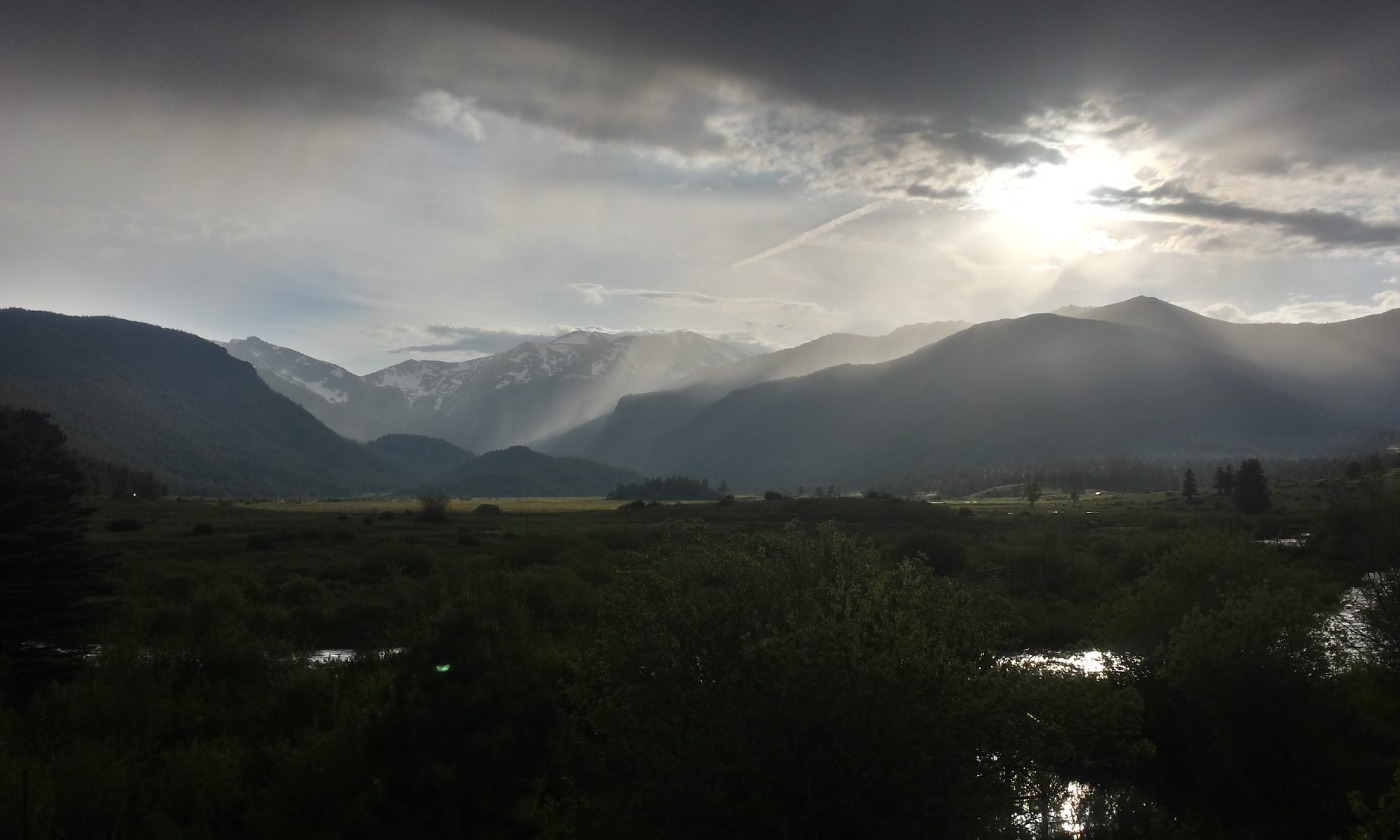
The personal and professional website of Douglas Van Bossuyt
I went with my friend Kirsten to a football match between one of the Tunis teams and a team from the island of Djerba.
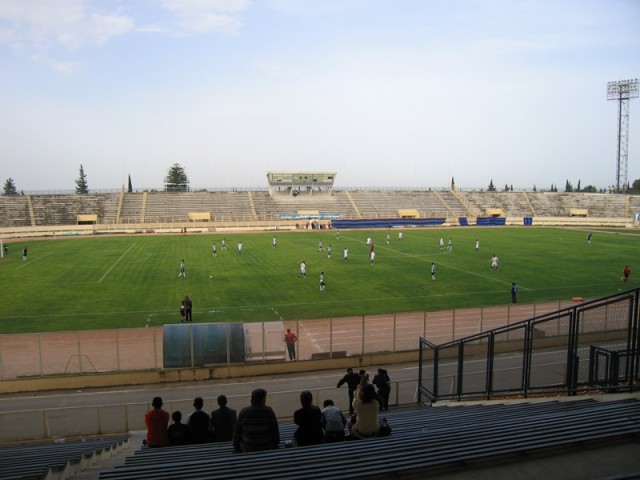
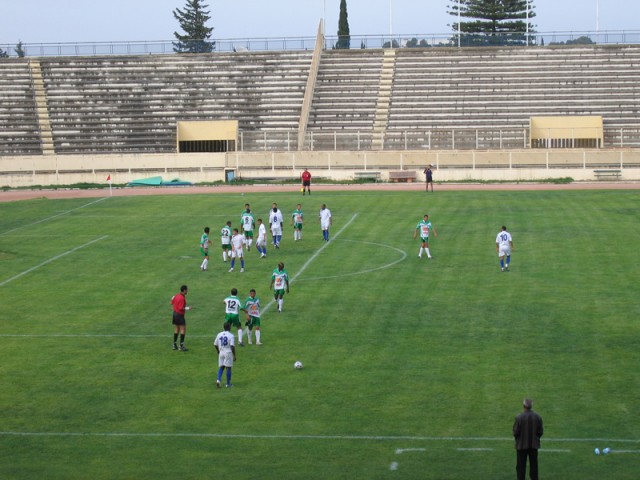
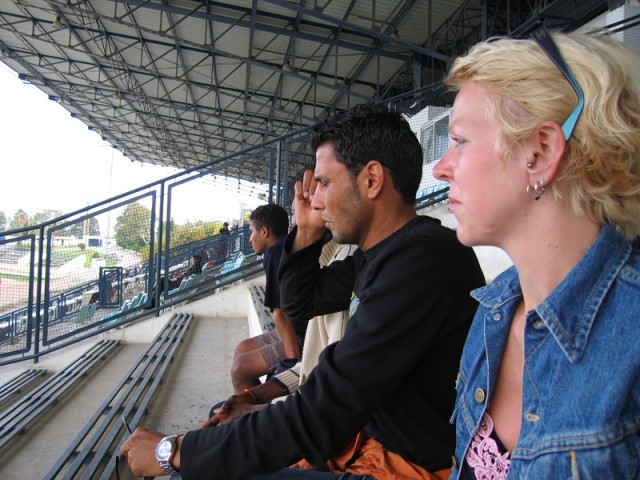
Kirsten (the Blonde) and some of our friends.

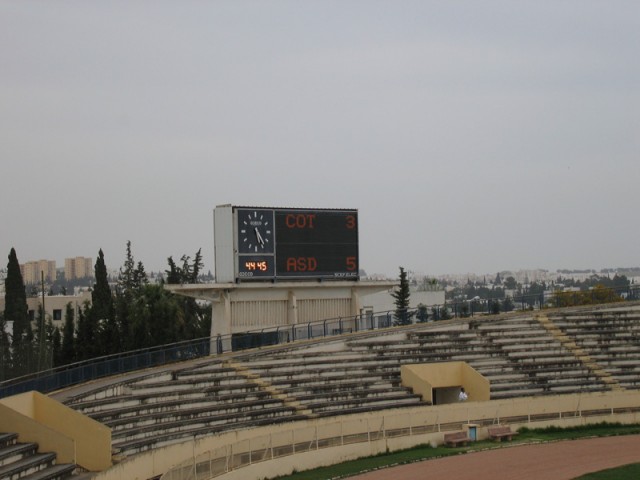
Final Score: Tunis 3 Djerba 5. Djerba wins! (We were rooting for Djerba)
I arrived at the Djerba airport late at night after a long 36 hours of travel from Los Angeles. I had to take a taxi in from the airport to Houmt Souq. It was a good little drive that ended up costing me 8 dinar. Only much later did I find out I was taken the long way around on the new road rather than the short way on the old road. No matter though, I had a good conversation with the taxi driver.
The other students hadn’t arrived yet on the bus. They were still in Gabes eating dinner. I moved into one of the hotel rooms in an old Funduq hotel. Funduqs are hotels from the days of the camel caravans when both person and beast would rent out hotel rooms. The livestock and pack animals would stay on the bottom floor and the people would stay up above. Djerba used to be littered with these places but only a few now still survive. I got my pick of rooms as we had a good chunk of the hotel rented out and the rest of the group wasn’t there yet.
Much to the bewilderment of the receptionist, I came down to the front desk at 10pm and sat next to the phone. Right at 10pm, Karim called and asked for me. They were just crossing on the ferry from the mainland. Djerba is an island just off the coast of Tunisia. The ferry crossing takes all of twenty minutes. There is also a causeway at the opposite end of Djerba from the ferry that takes motorists off the island. It was originally built by the Romans to make access to the island easier. Later, the pirate Dragut, being trapped in the bay created by the causeway by a fleet of Spanish warships intent on his destruction, dug through the causeway at low tide, deep enough, that at high tide, he sailed all of his ships through the breach and caught the Spanish off guard, destroying a good portion of the Spanish fleet. No one bothered to repair the causeway as access was still possible at low tide until the French came along and decided it was necessary to have 24 hour access.
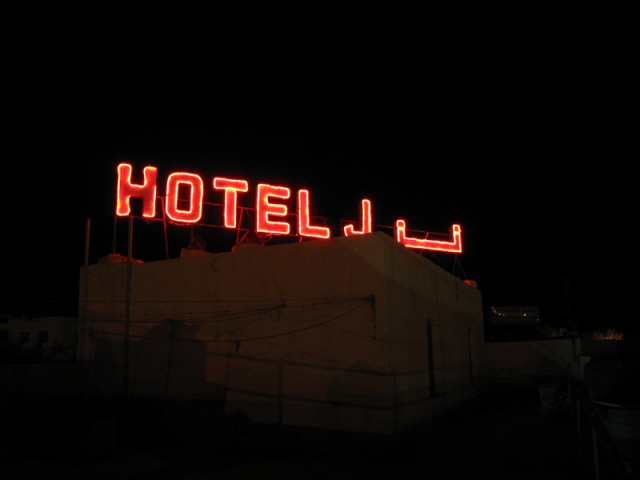
Looking out from the roof of the hotel while I waited for Karim to call.

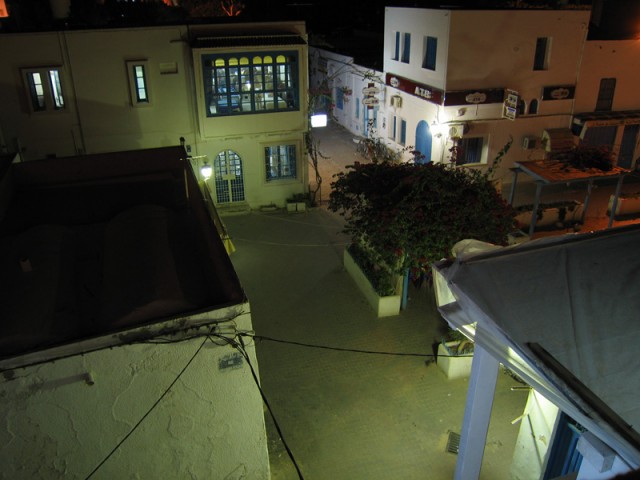
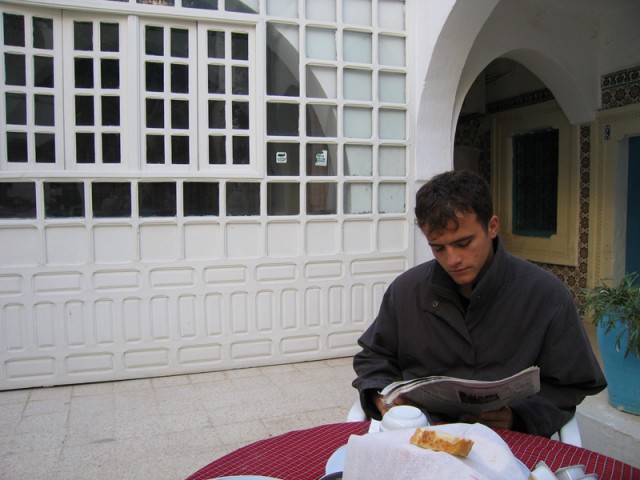
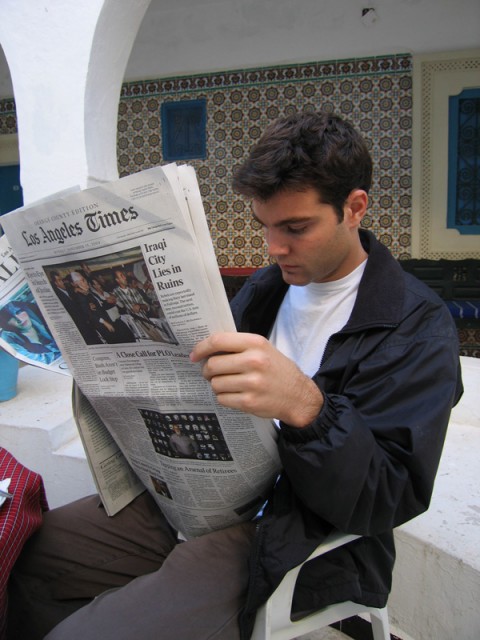
I brought back several newspapers from the USA with me. The other students hungrily snatched them up. There was much rejoicing for English-language content, especially the comics.
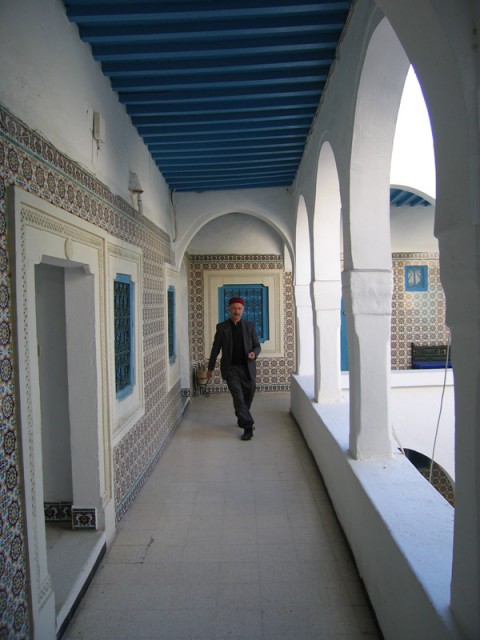
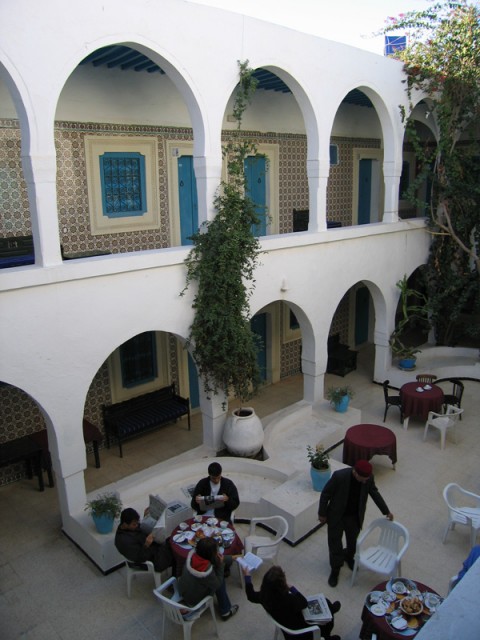
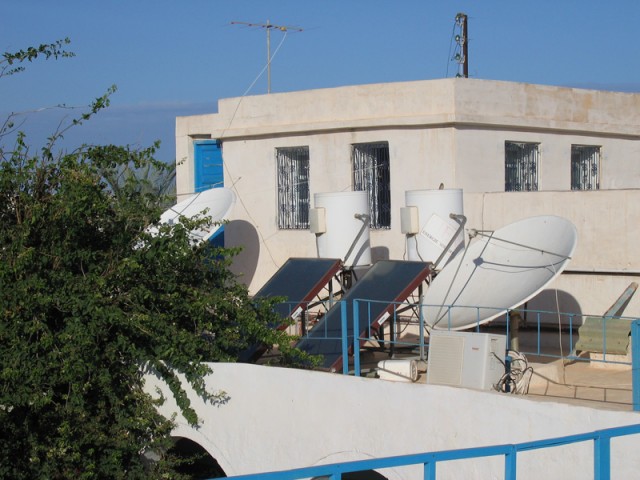
The interior of the Funduq.
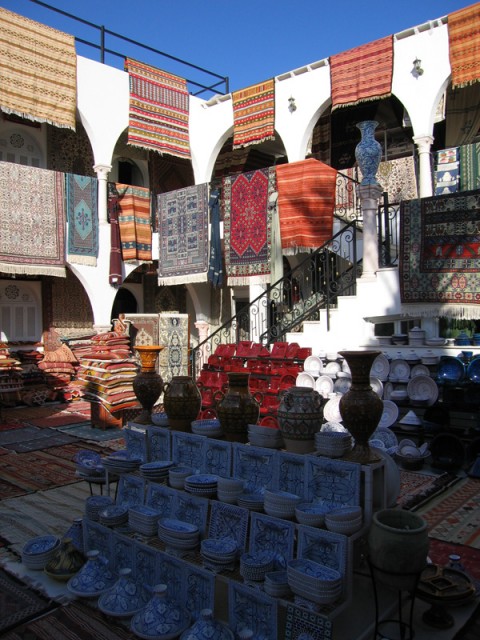
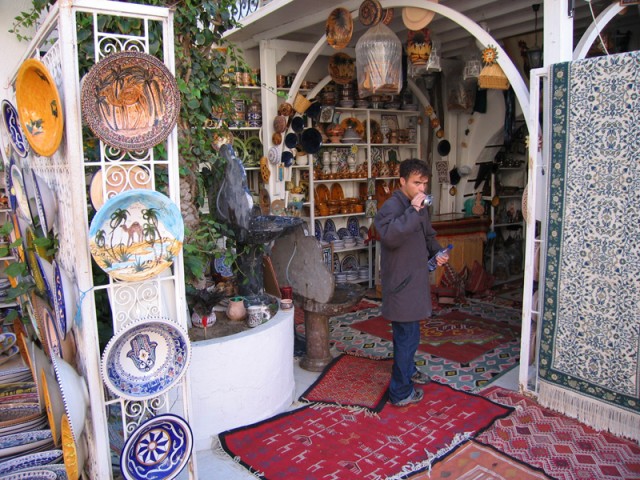
A couple of shots from inside one of the many shops in the Souq next to the hotel.
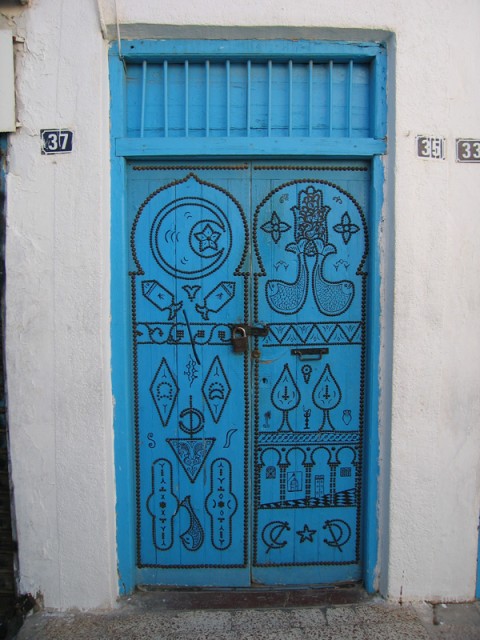
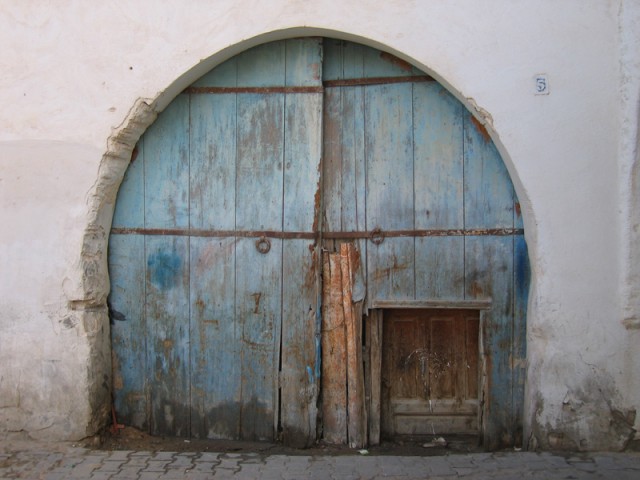
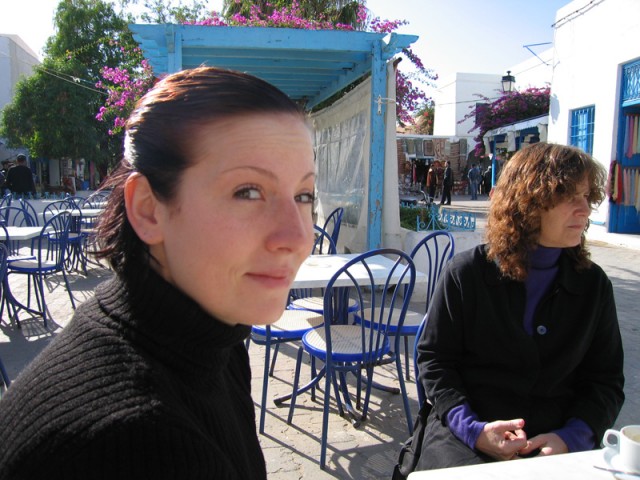
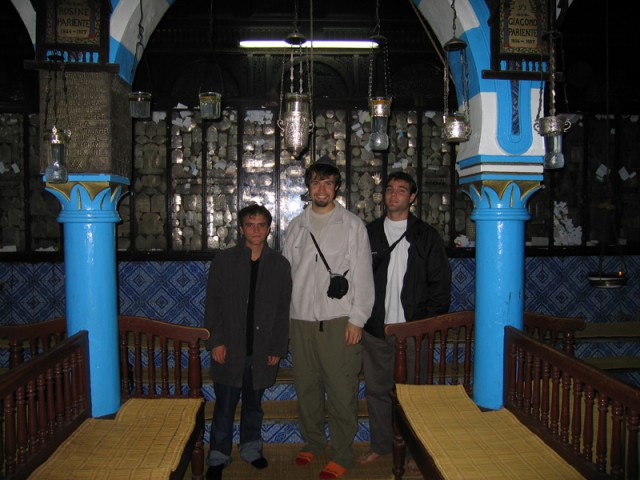
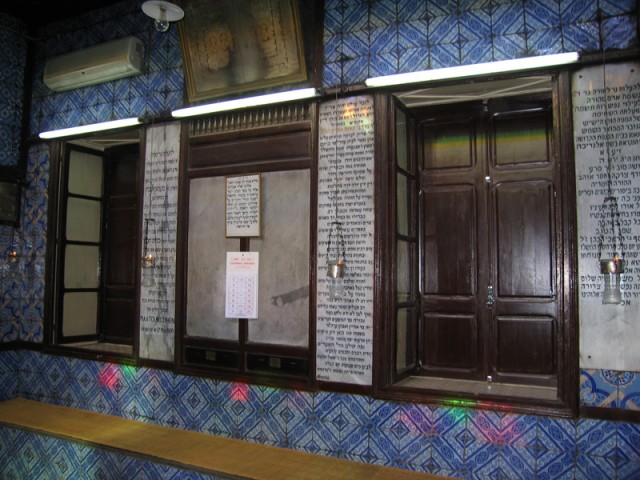
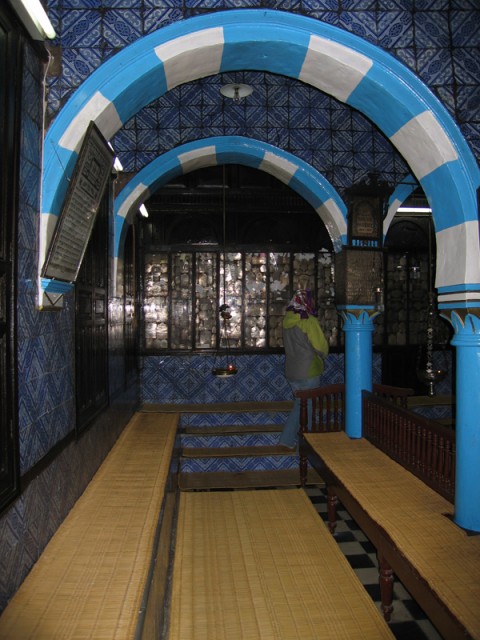
Inside the El-Ghriba Synagogue. This is the oldest continuously occupied Synagogue site in the world, dating back to 586BC. The current building was built in the 20th century but, nonetheless, maintains its charm. This was also the site of the 2002 Al Qaeda bombing that wiped out 21 people including 14 German tourists, six Tunisians, and a French tourist as well as injuring another 30.
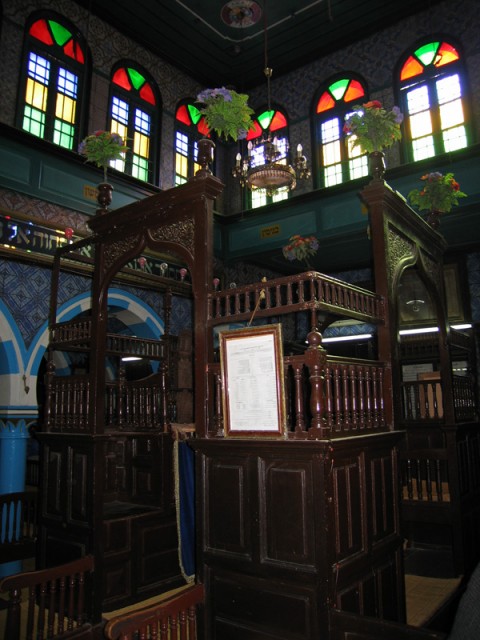
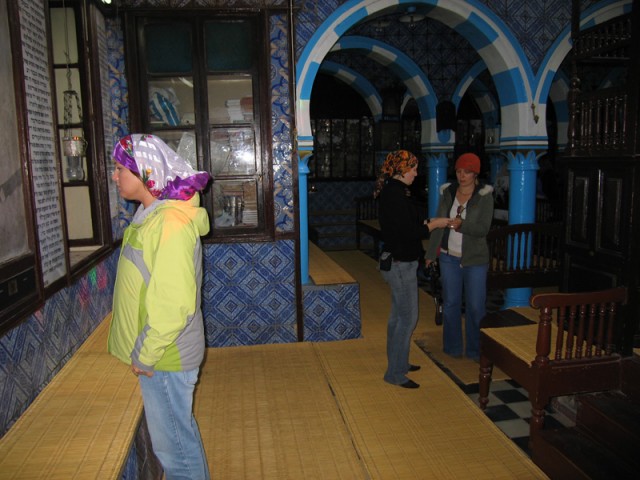
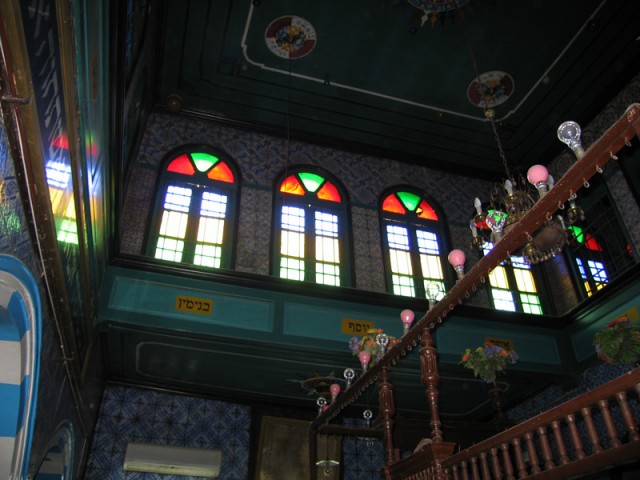
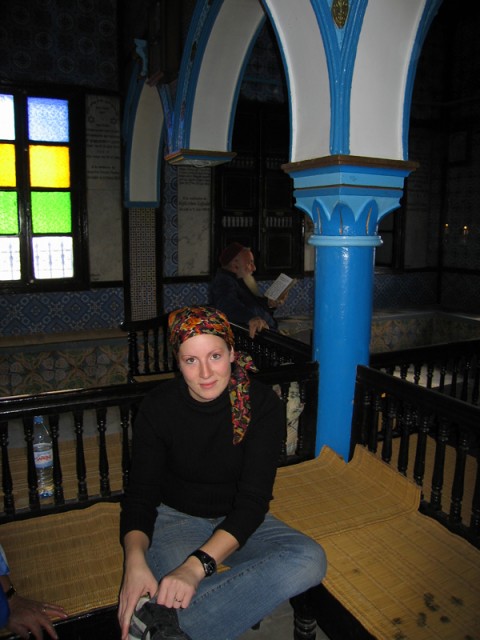
We wore head coverings to show respect to the Synagogue. Behind Kellen sits one of the few remaining Jews on Djerba. The communities of Jews all over Tunisia were much larger until Israel was formed. Now they’ve all but disappeared.

The route the truck bomb took.
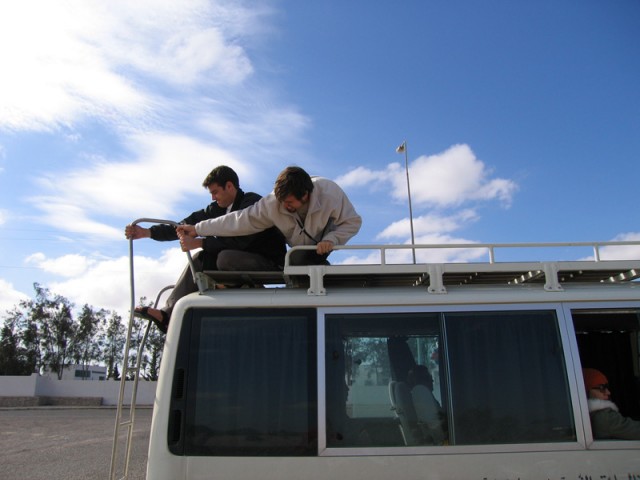
The day before, the bus had a collision with a Roman aqueduct arch in the Gabes oasis. Mike and I tried to bend it back but we weren’t as strong as the Roman arch was. The parking lot where the bus was parked held the tour bus that was blown up by the truck bomb. The incident is referred to as “Le Catastrophe” by the locals. Tourism dropped off for a number of years and has never fully recovered.
When we visited, security was quite tight at the site. Everyone was required to go through a metal detector and X-Ray to assure no bombs were present. They didn’t allow knives in either or, for that matter, shifty looking characters. Of course, there’s not much you can do about the parking lot. If someone really wanted to, they could still drive a car up next to a bus, just like they did in 2002. I guess that would make this site an “adventure travel” site? The Jews and Muslims of Djerba get along quite well though, as all of them are quick to point out. It would be very bad for tourism if they didn’t!
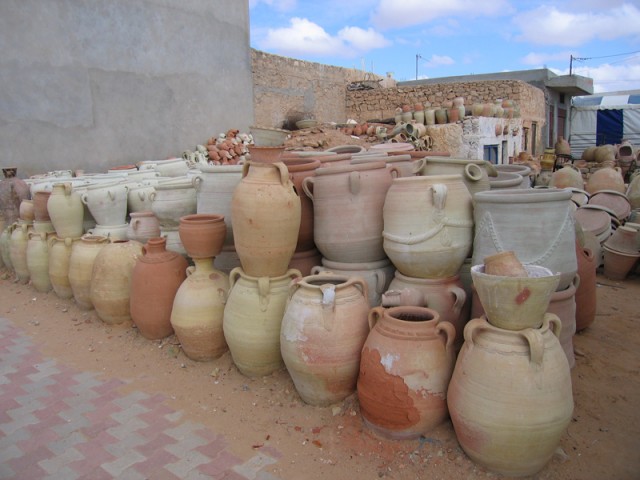

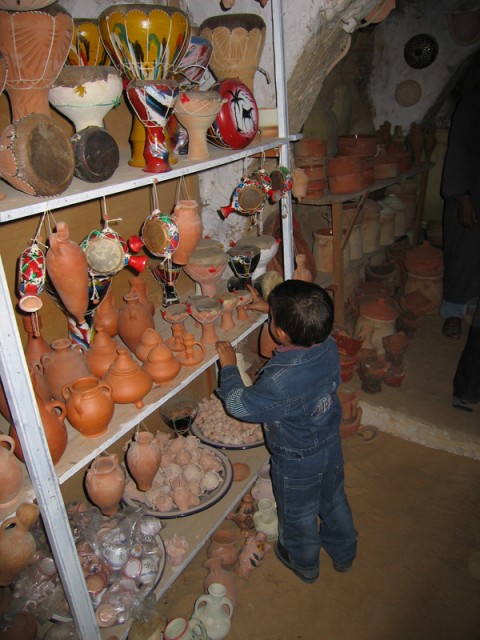
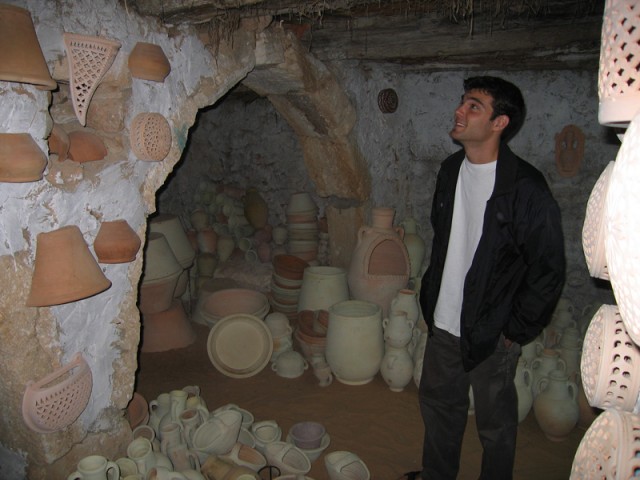
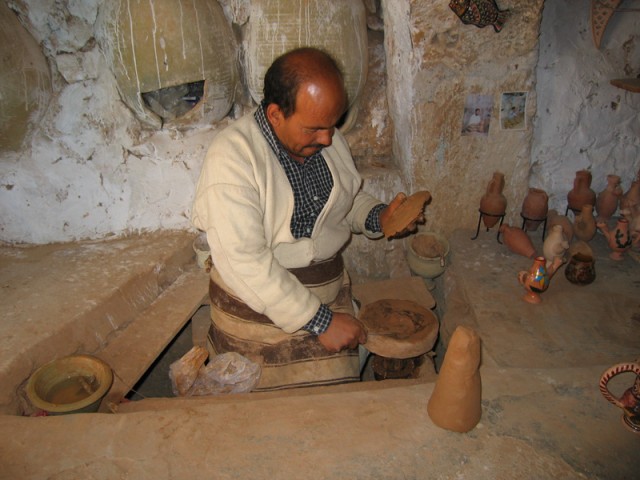
After the sobering visit to the Synagogue, our next stop was the town of Guellala which is famous for its pottery. There are many subterranean workshops and galleries scattered all throughout town. We went into a couple to check them out and look at their wares.
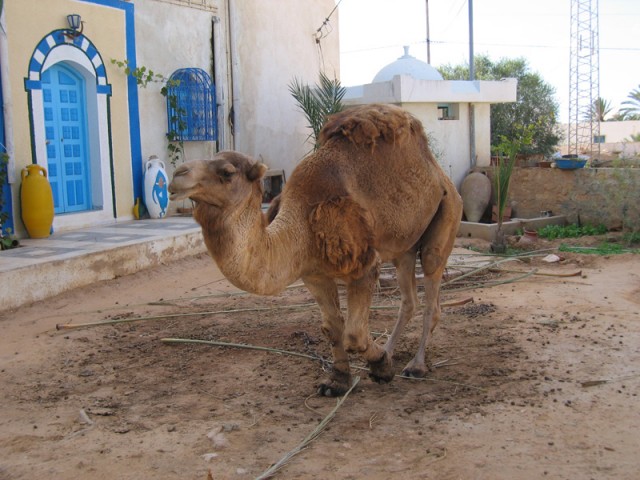
Our first camel of the south. The thing was rather sorry looking as it was chained up in a yard next to someones house. No doubt, in the summer it plies the beaches next to the tourist resorts offering tourists rides up and down the coast.
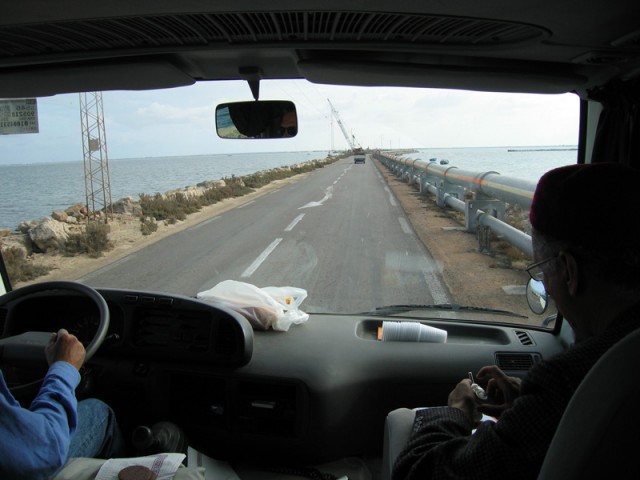
Crossing the causeway. There are several water pipelines on the causeway which bring most of the fresh water onto Djerba. The local water table is sufficiently brackish and contaminated with fecal matter (it’s a high water table) that it isn’t potable. Thus, everything must be imported. One would think that such a vital pipeline would be more protected.
